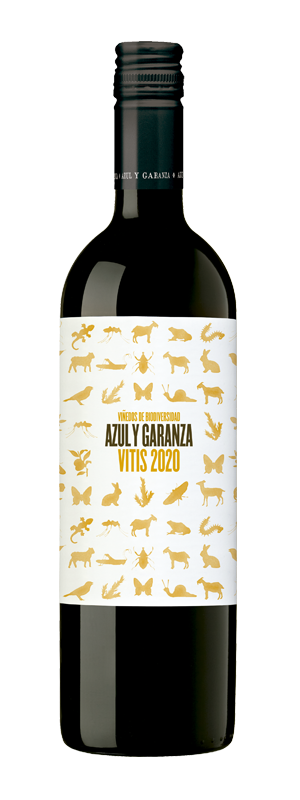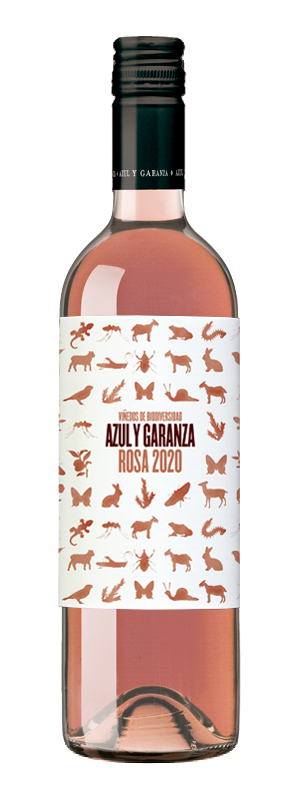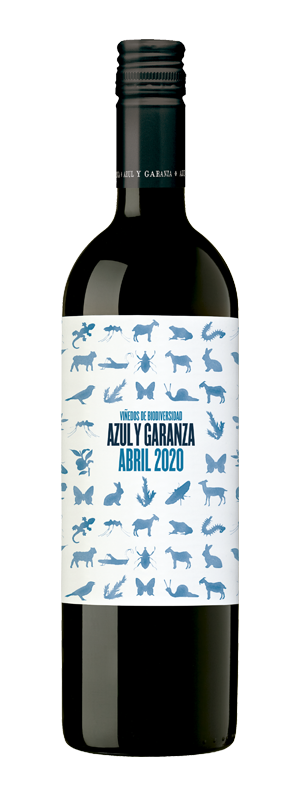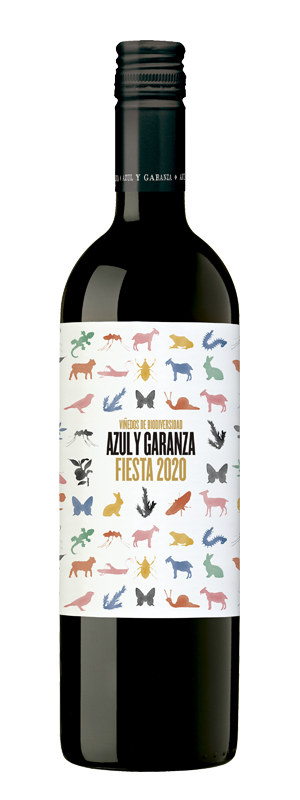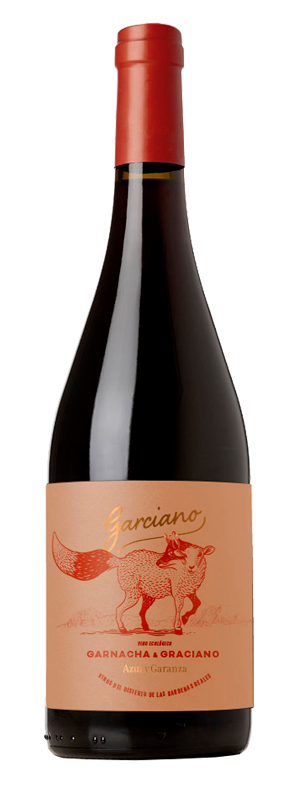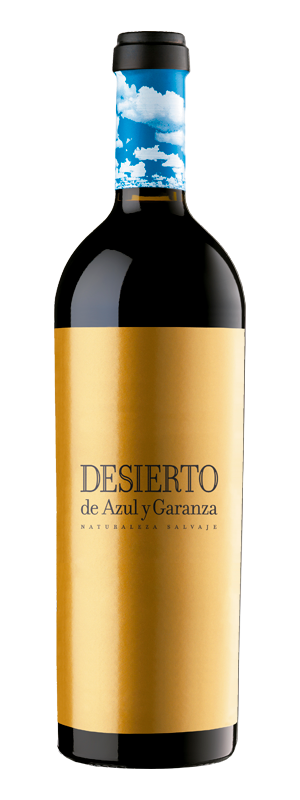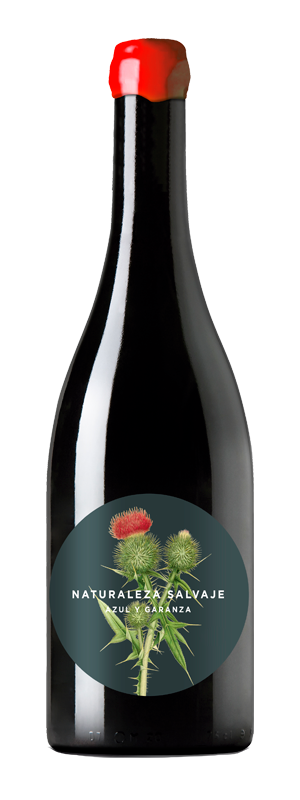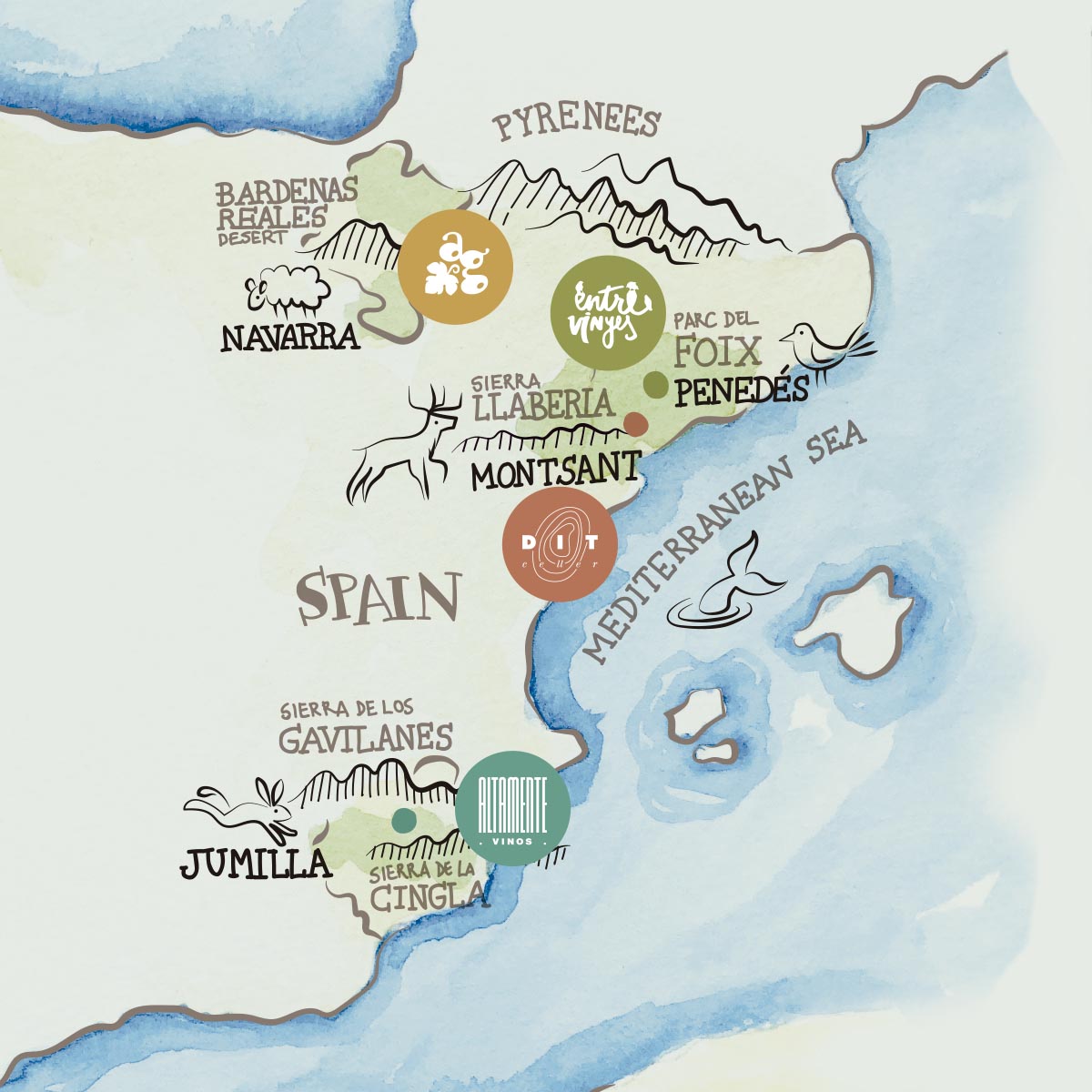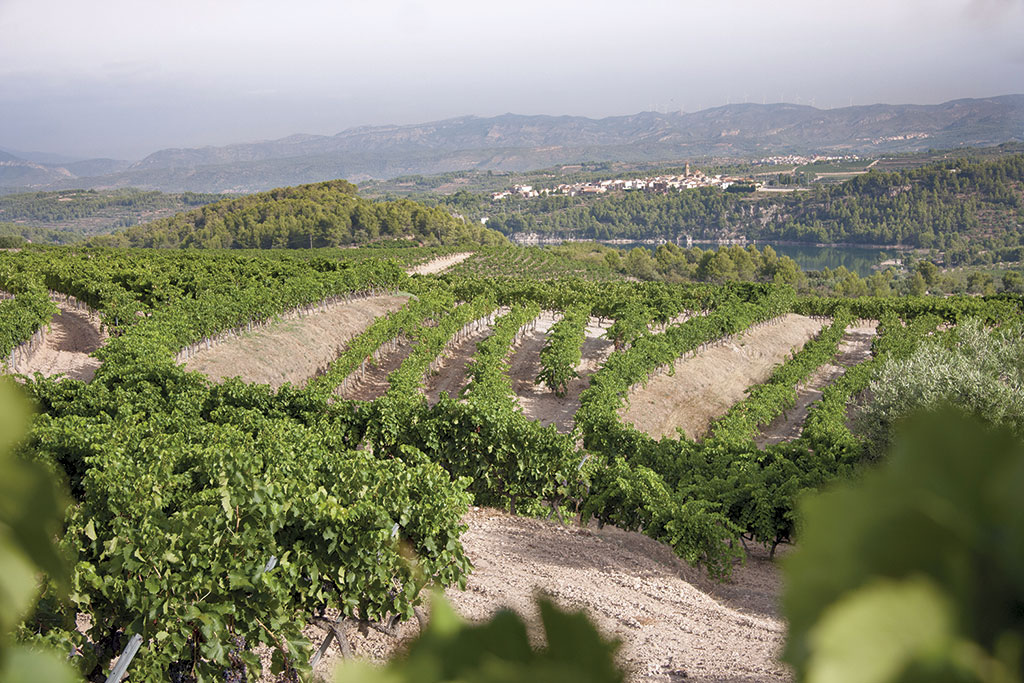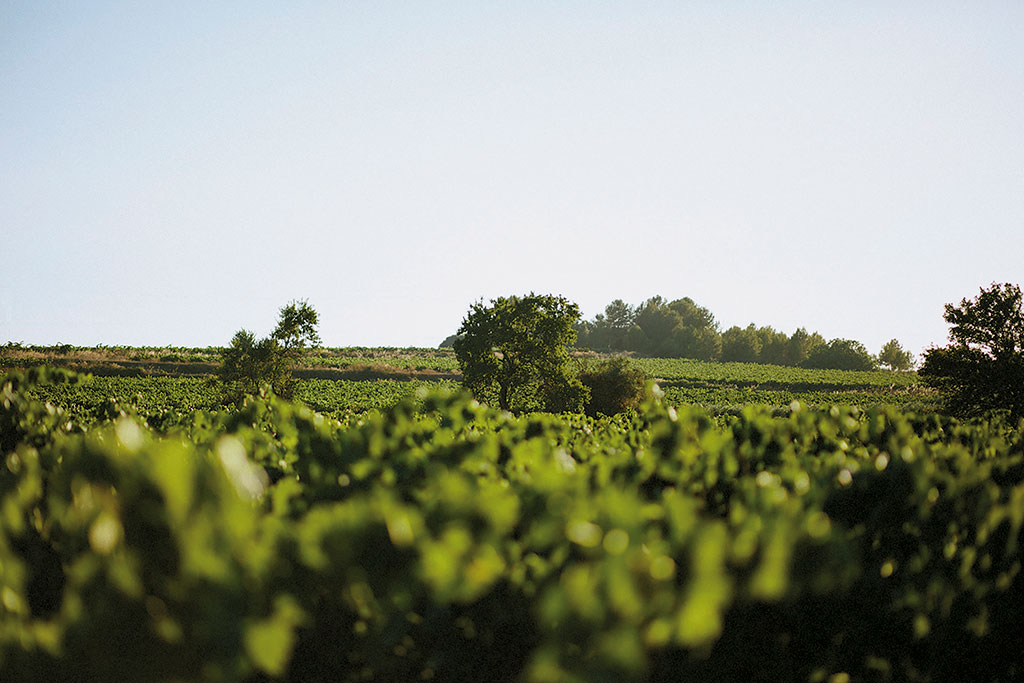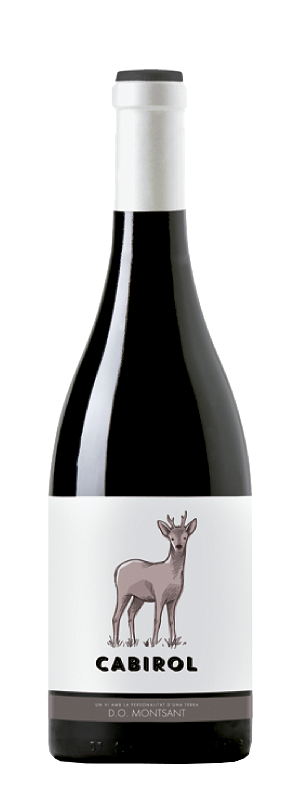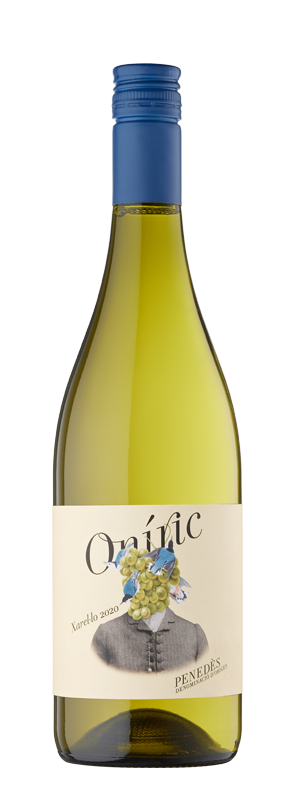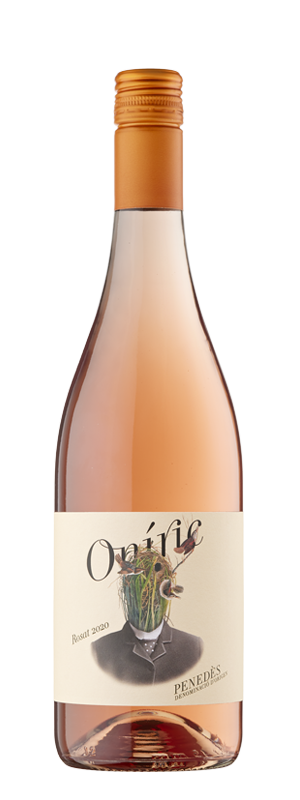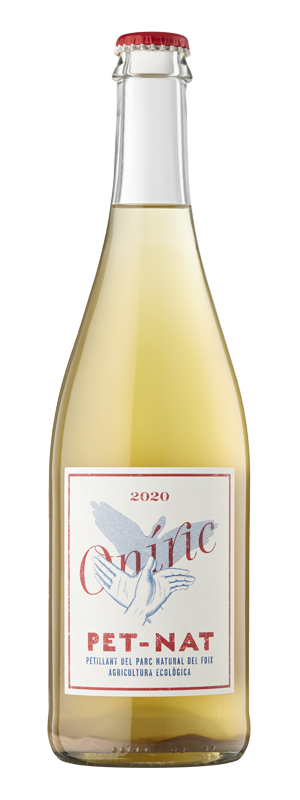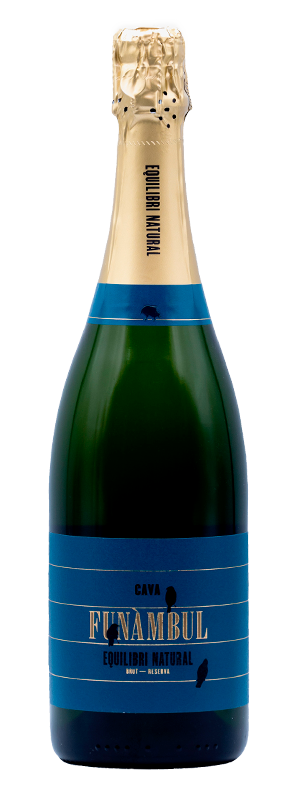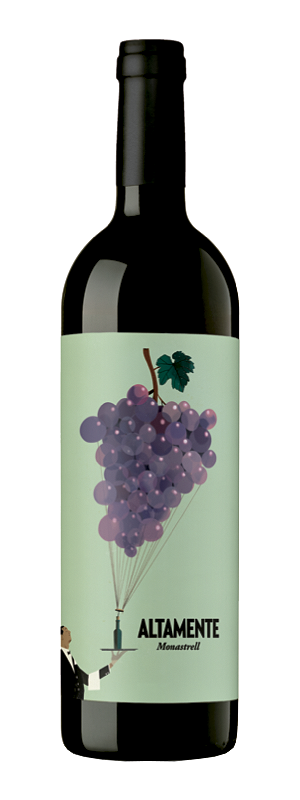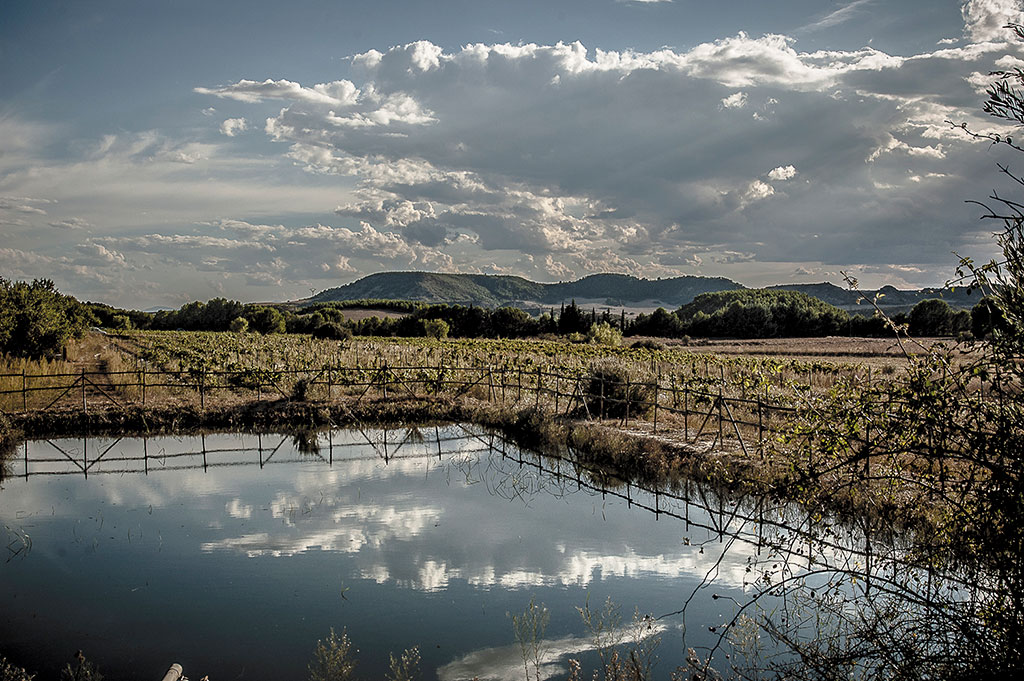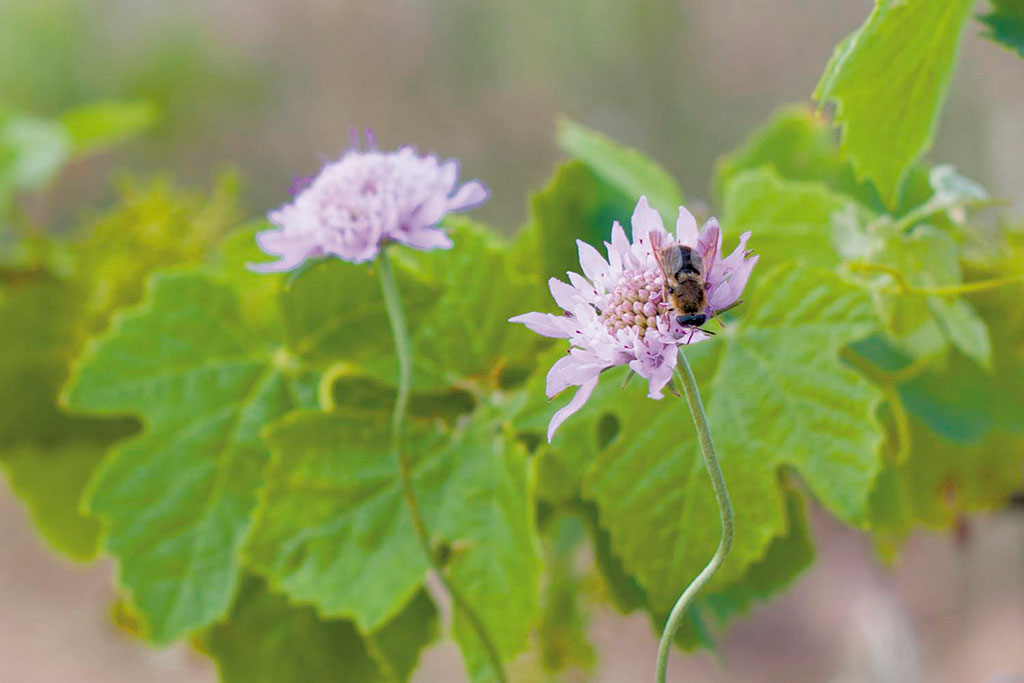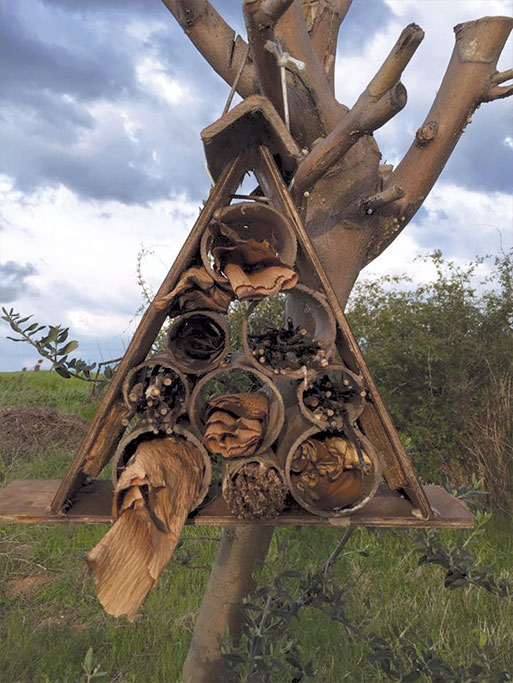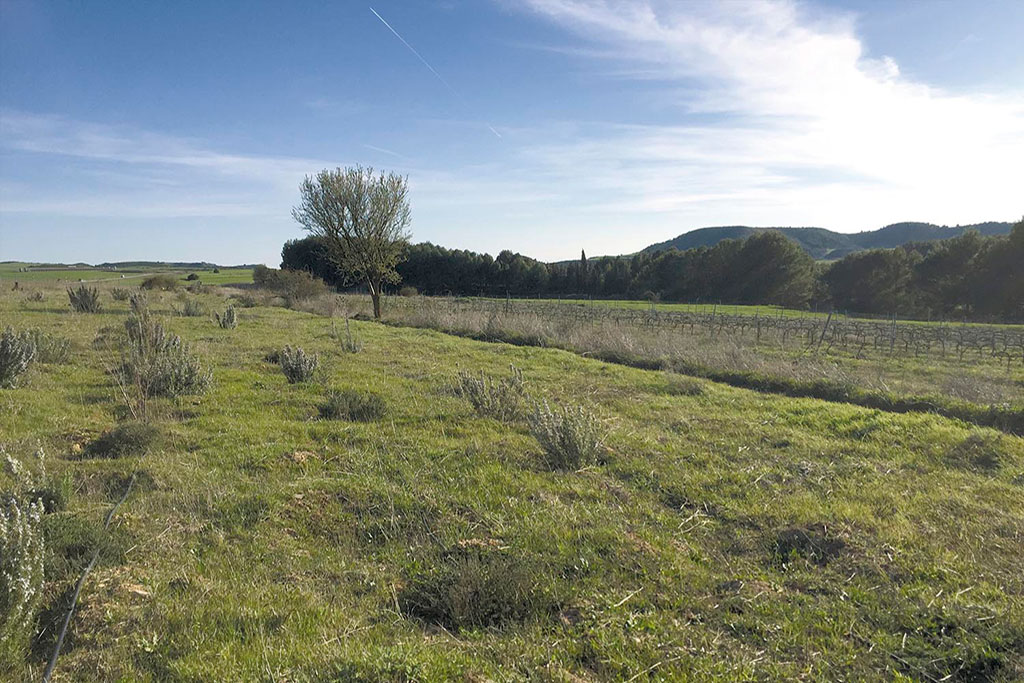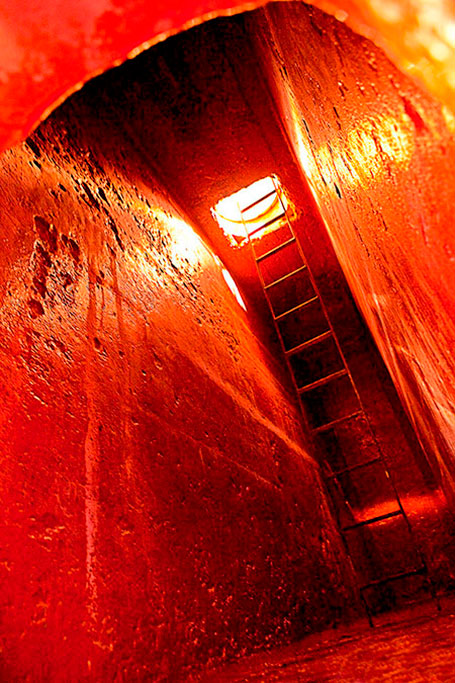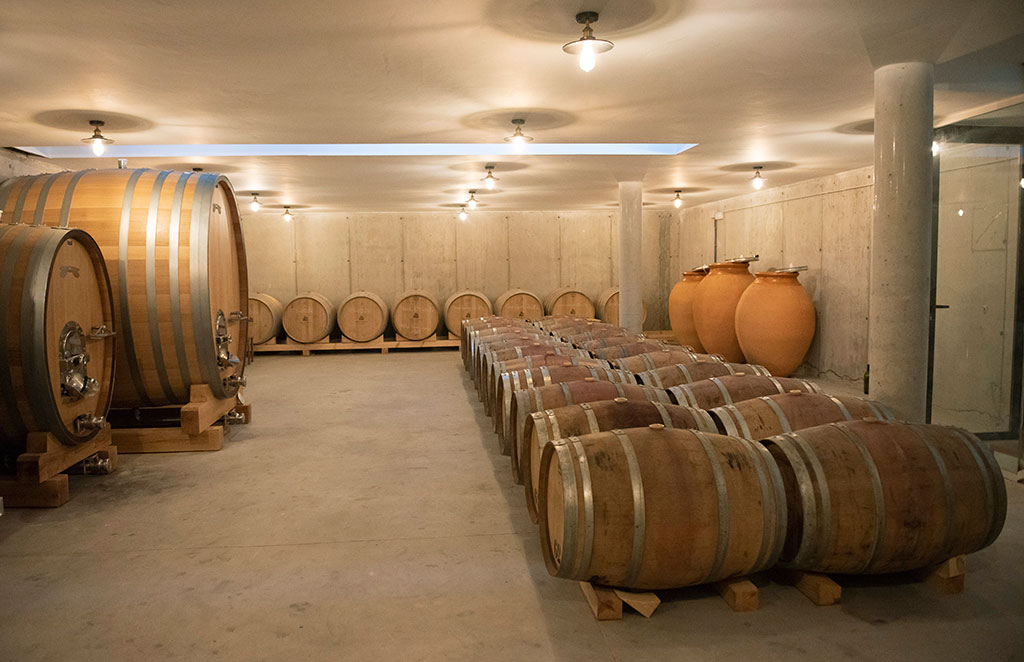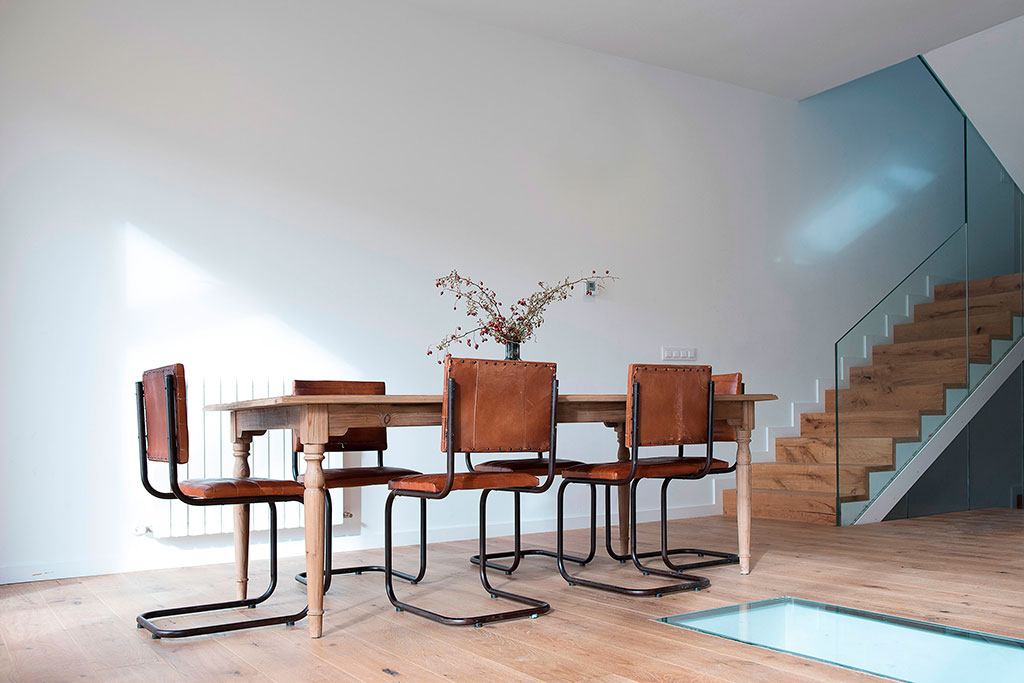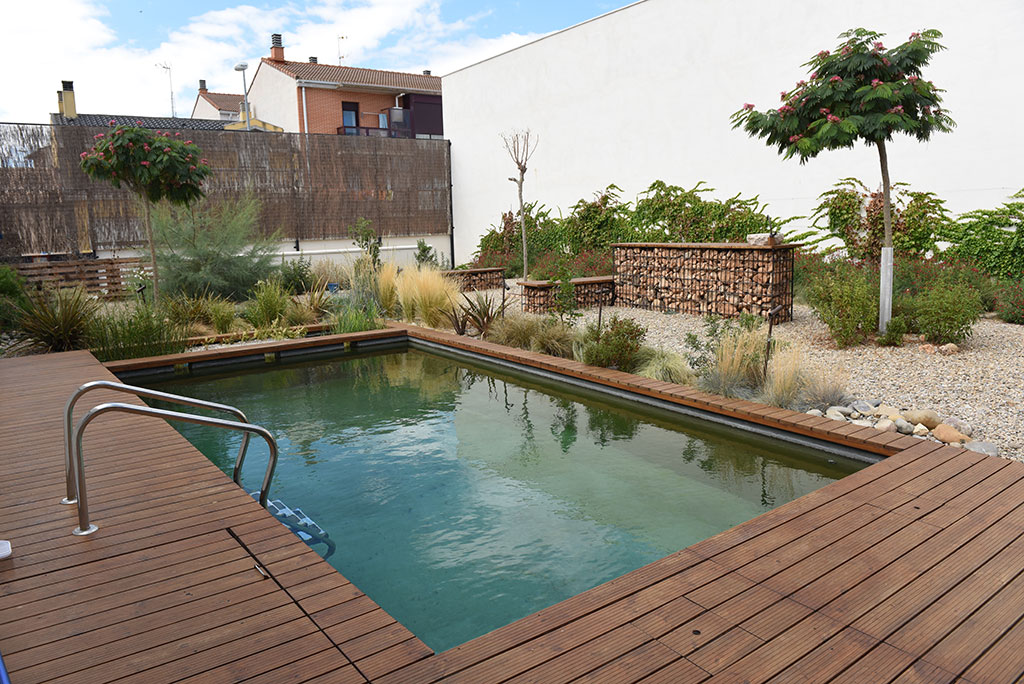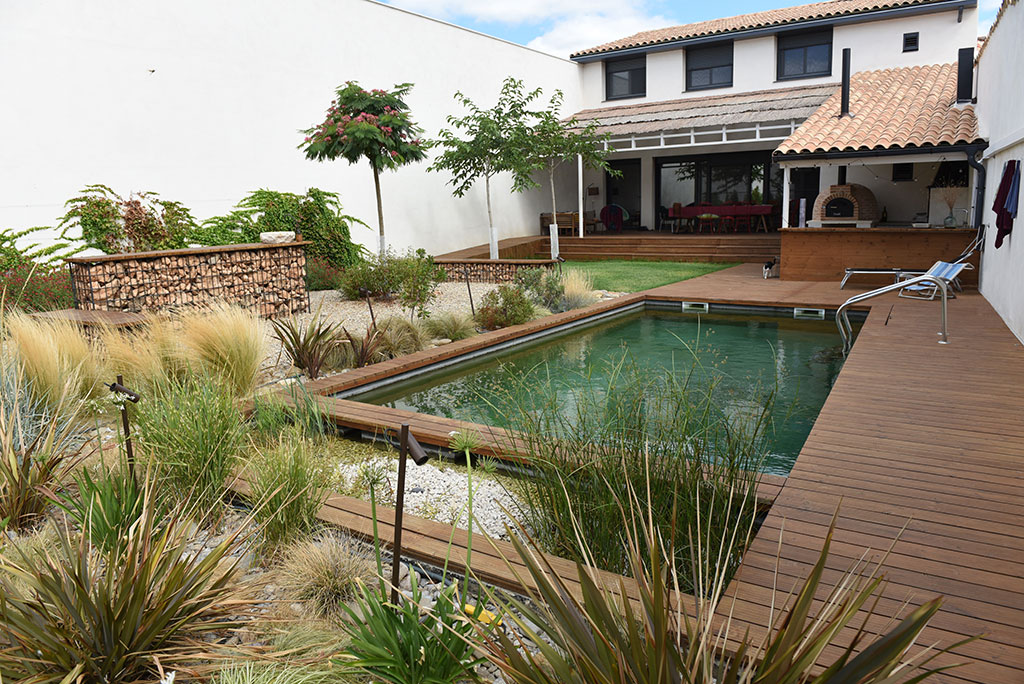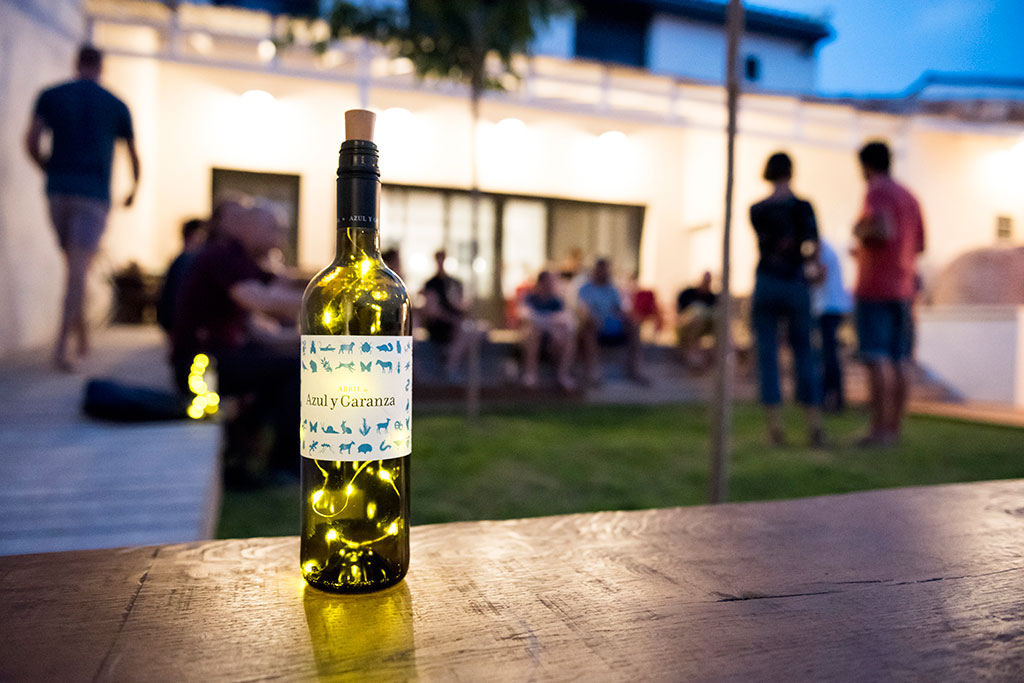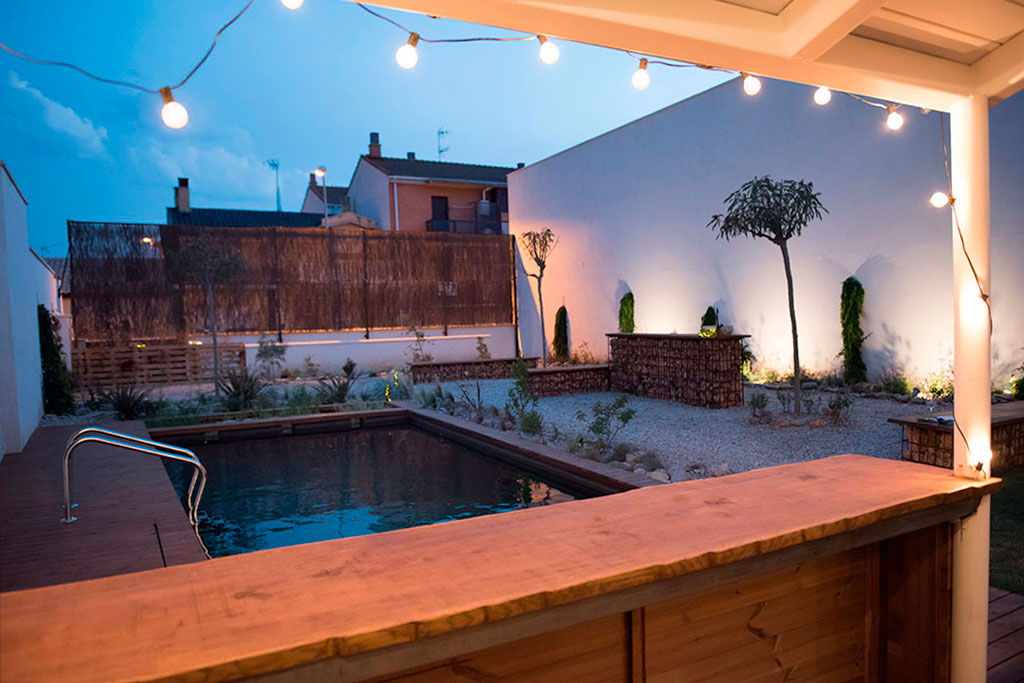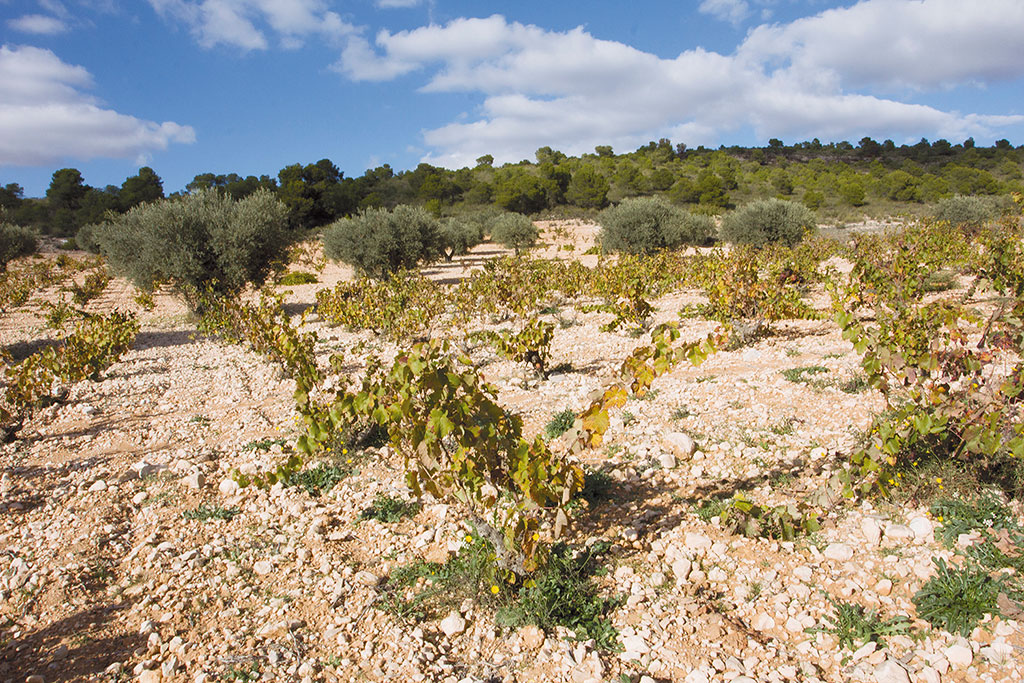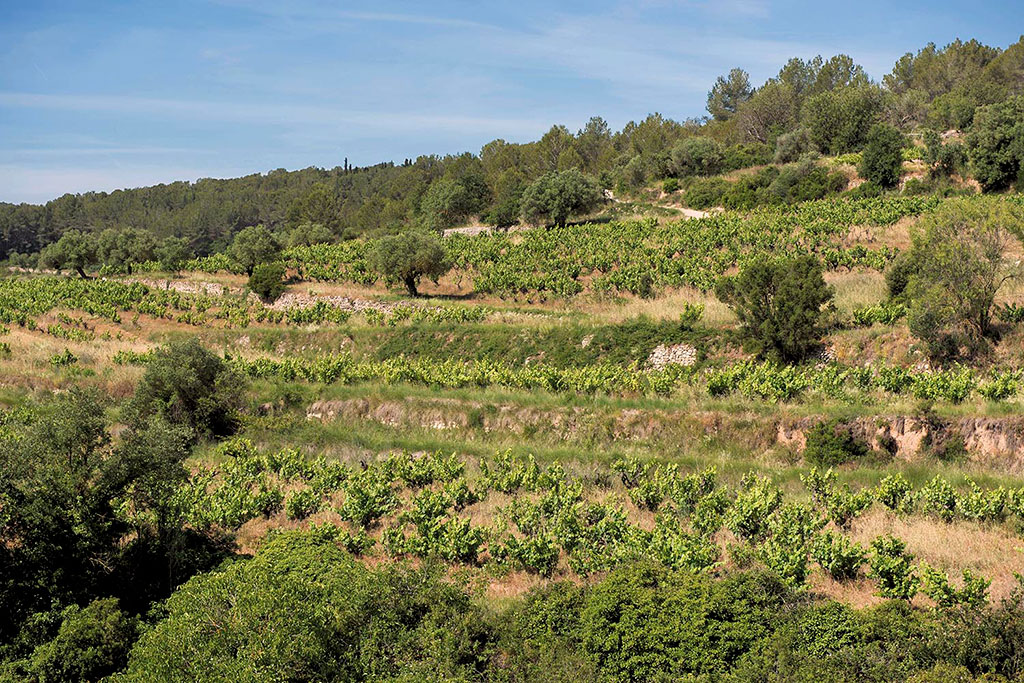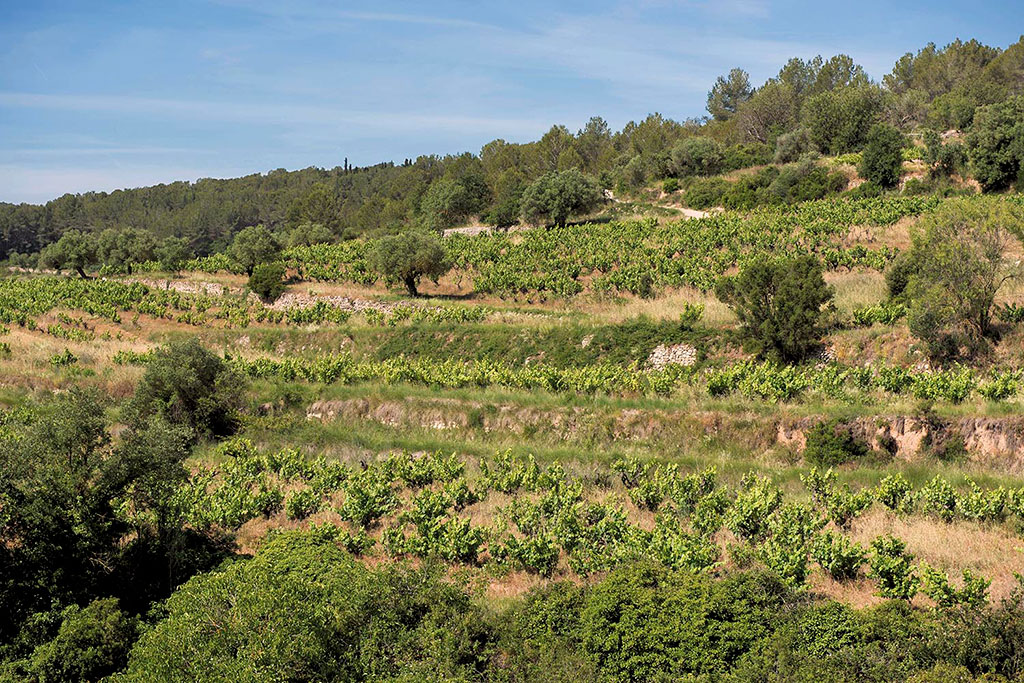Azul y Garanza Vineyards
At the Natural Park of the desert of Bardenas Reales and the Pre-Pyrenees. Navarra

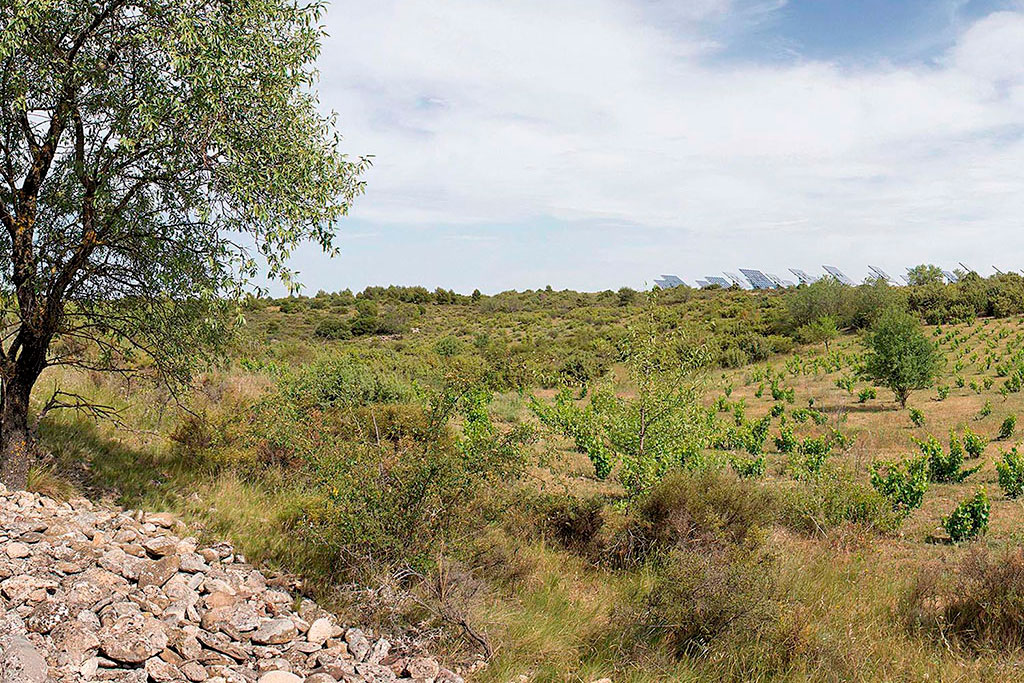
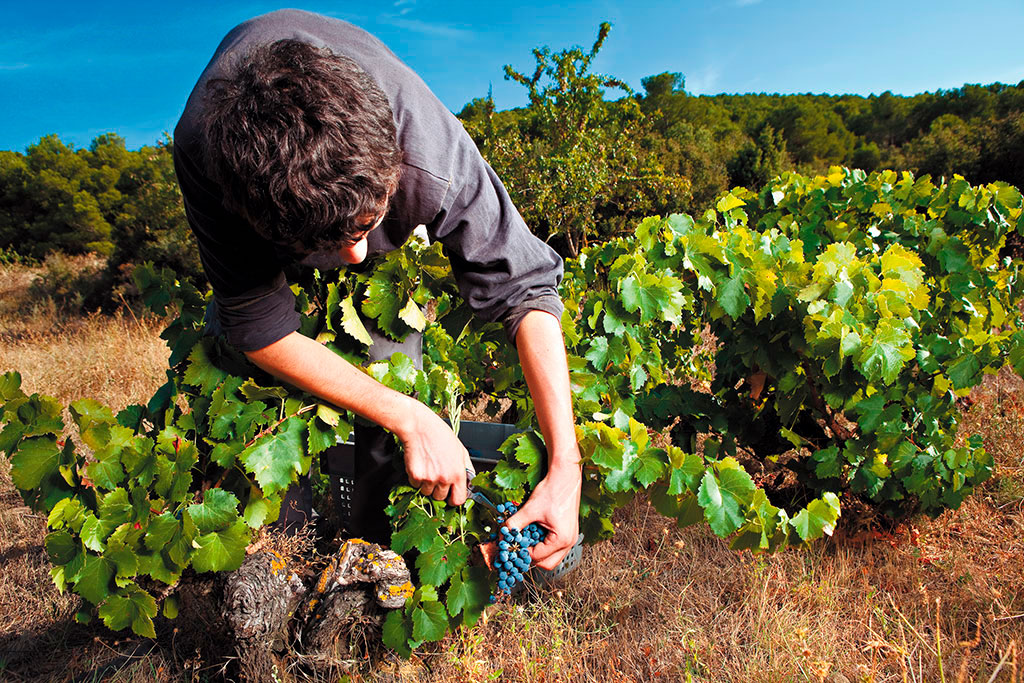
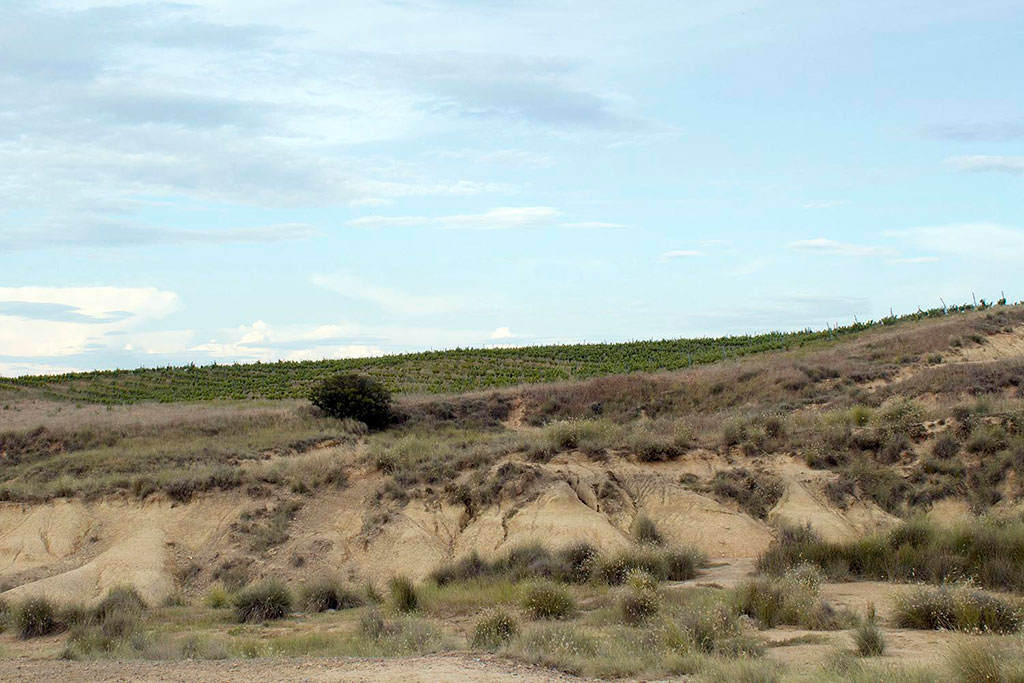
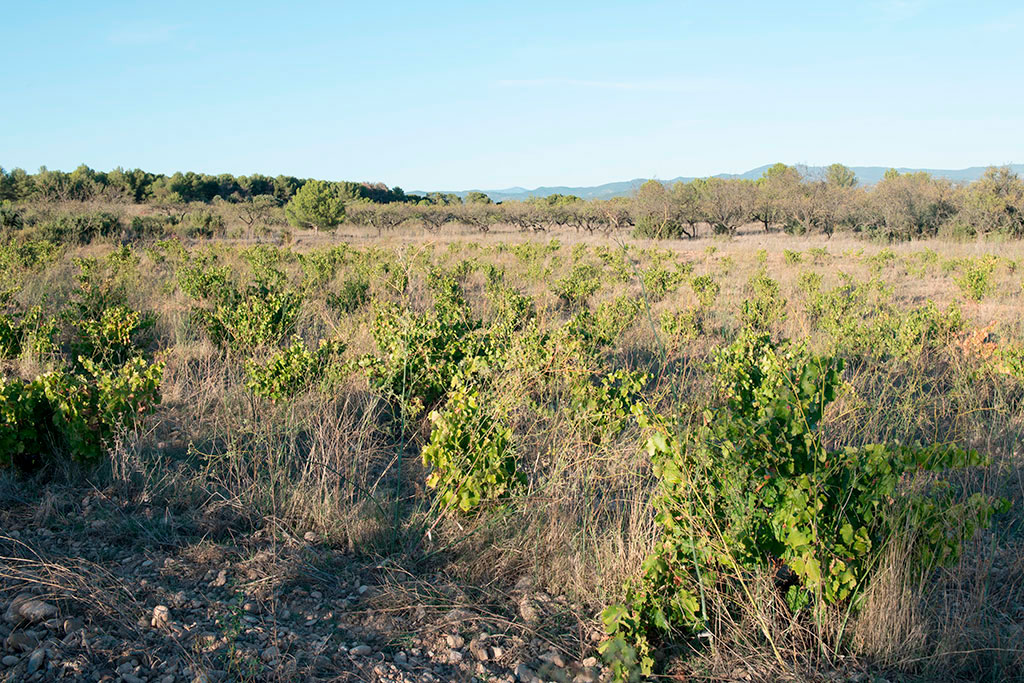
Las Bardenas Reales of Navarre is an extreme place: poor and arid clay and limestone soils, a dry climate with a wide thermic range between night and day. Due to these harsh conditions vines here produce a very limited crop but one of exceptional quality with highly-concentrated, very small grapes. We planted fruit trees and indigenous shrubs around the vines in order to support biodiversity in this semi-desert environment.
A few kilometers from the desert the low mountains and the Pre-Pyrenees of Navarre begin. Here we found some fabulous old Garnacha vines, growing almost wildly amid forest and biodiversity. Most of these vines, which are spread out in various isolated and very small parcels, are more than 100 years old. That some had been abandoned is not a negative for us, just the opposite: They are our most precious treasures and thanks to the invaluable support of the local vine growers, we have been able to recover them.
